
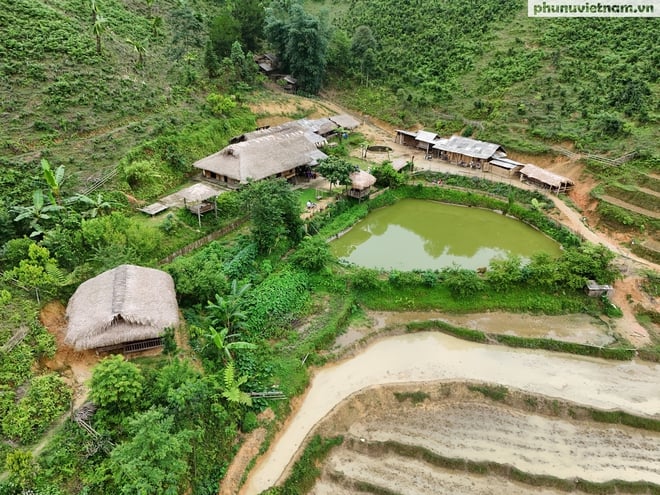

Ban Lien Commune ( Lao Cai ) nestles between the mountains and ancient Shan Tuyet tea hills. This is the main place where the Tay ethnic people live, with peaceful traditional stilt houses next to terraced fields.

The Tay cultural identity here is still very intact, expressed through the unique palm-leaf roofed stilt houses, traditional costumes, rich cuisine and a lifestyle closely tied to nature.
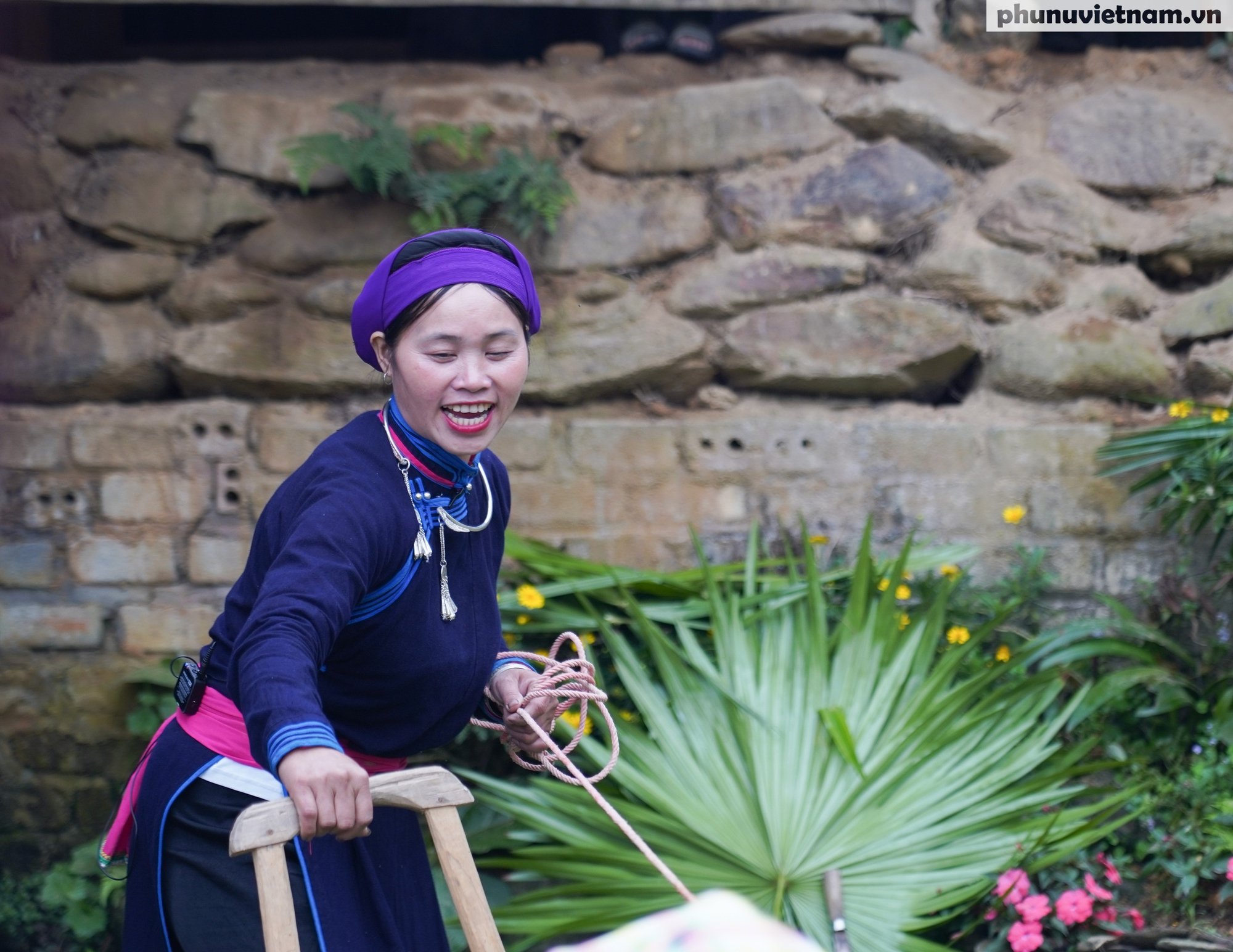
Before community tourism developed, people's lives depended on fields and tea trees. Ms. Vang Thi Thong (36 years old, Tay ethnic group), owner of Ban Lien Pine Homestay, recalls "there were times when she didn't have 20,000 VND left in her pocket", life was very precarious.
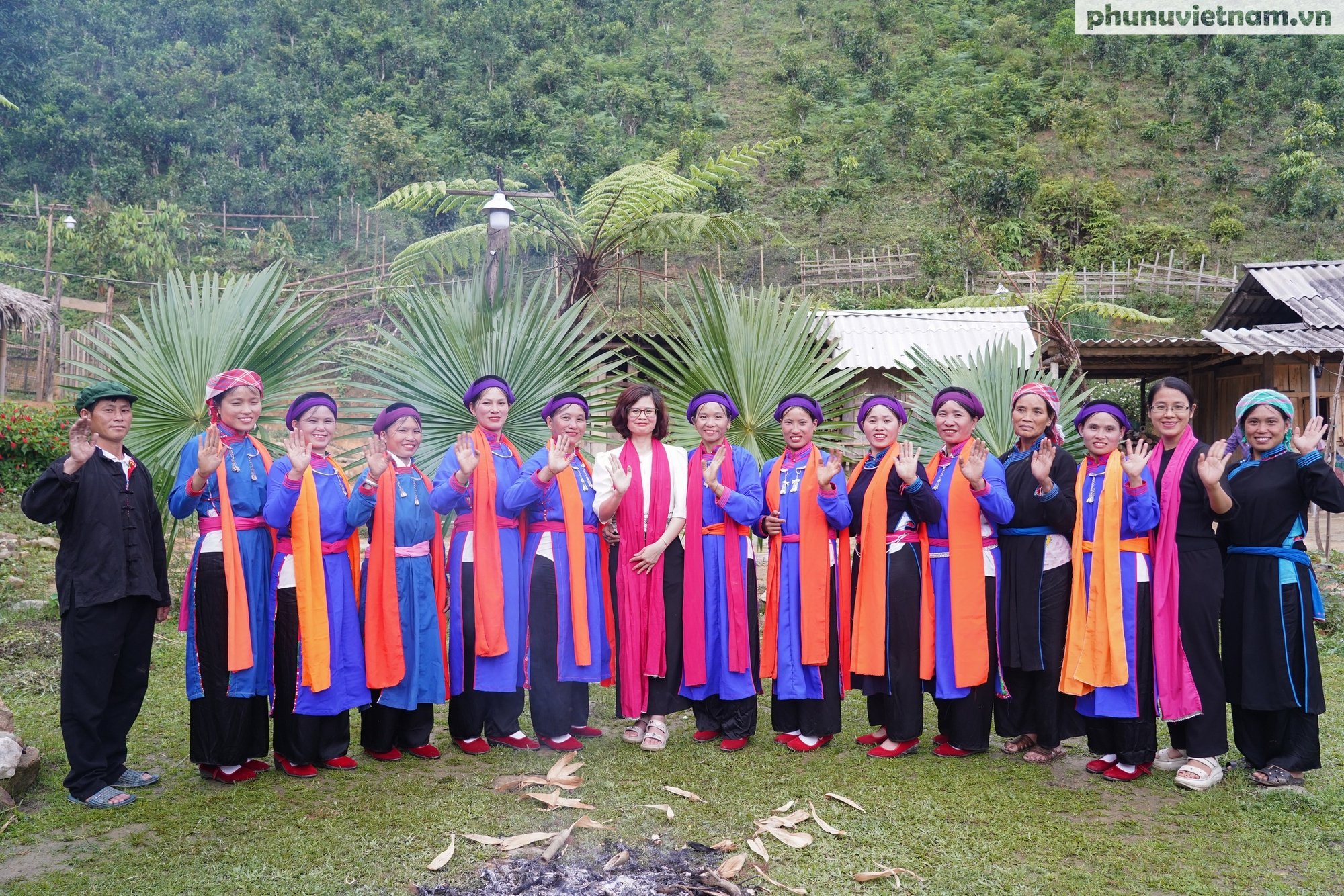
The opportunity opened up when the GREAT project (Promoting gender equality through improving the economic efficiency of agricultural production and tourism development in Lao Cai and Son La provinces) supported highland people to start tourism businesses. The concept of "homestay" was first introduced to the people in village meetings.
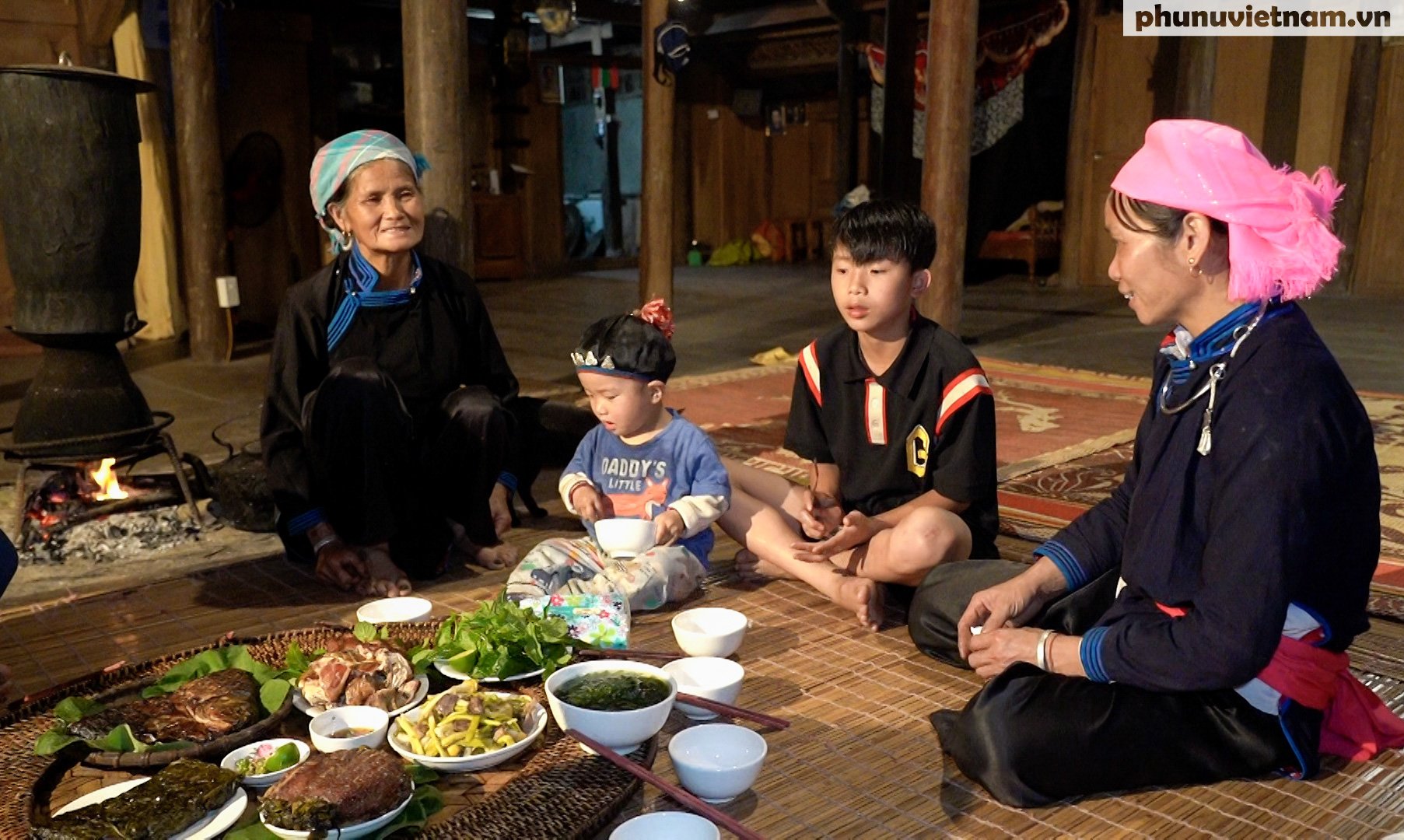
Ms. Vang Thi Thong (owner of BanLien Pine Homestay) and Ms. Vang Thi Can (on the right, owner of Ban Lien Forest Homestay) are pioneering Tay women. From being bewildered, they dared to think and act, turning the traditional stilt house into a place to welcome guests.
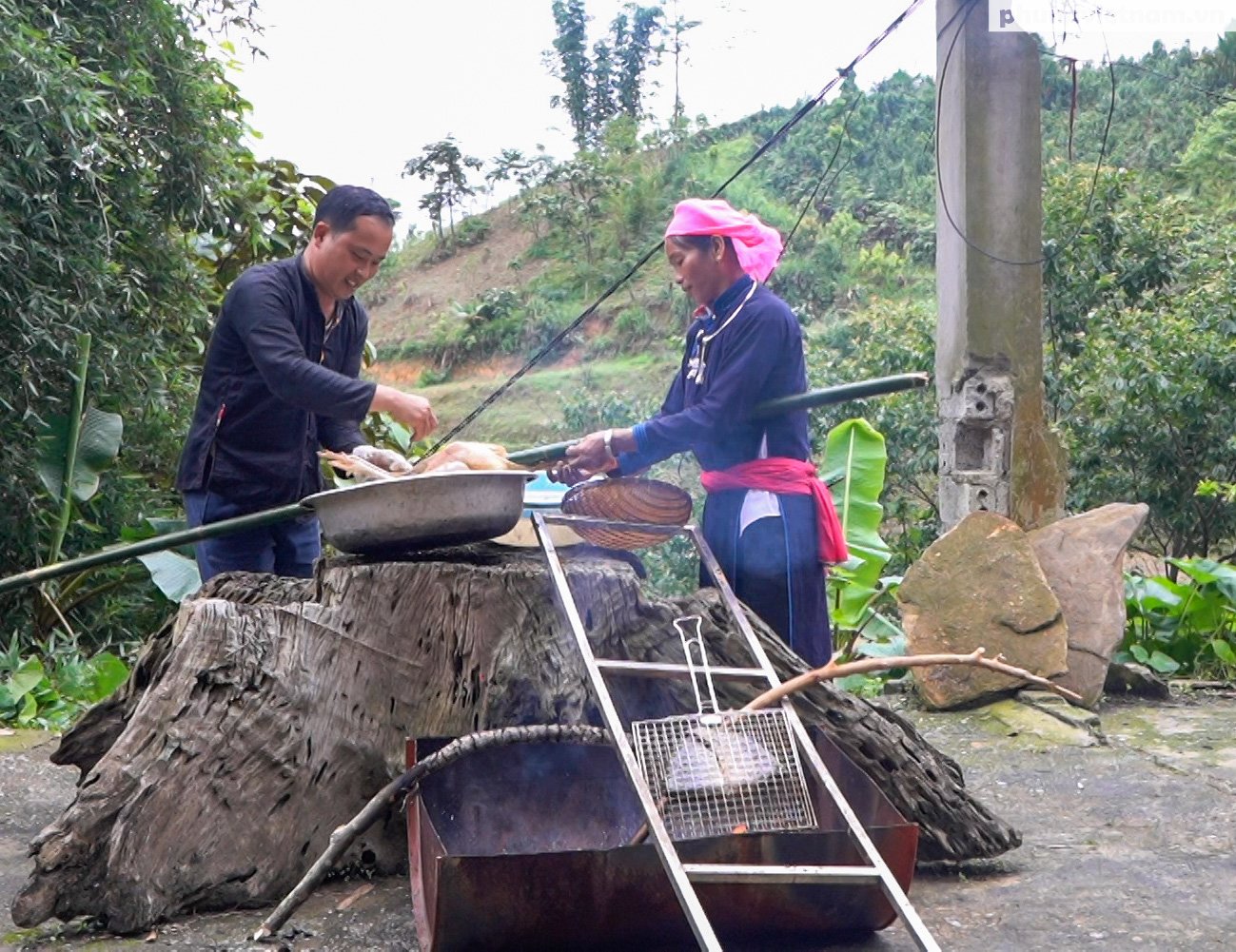
From a few initial households, Ban Lien now has 8 homestays and 34 households participating in the service chain. Women play a key role in most stages, from management, cooking, housekeeping to leading experience tours.
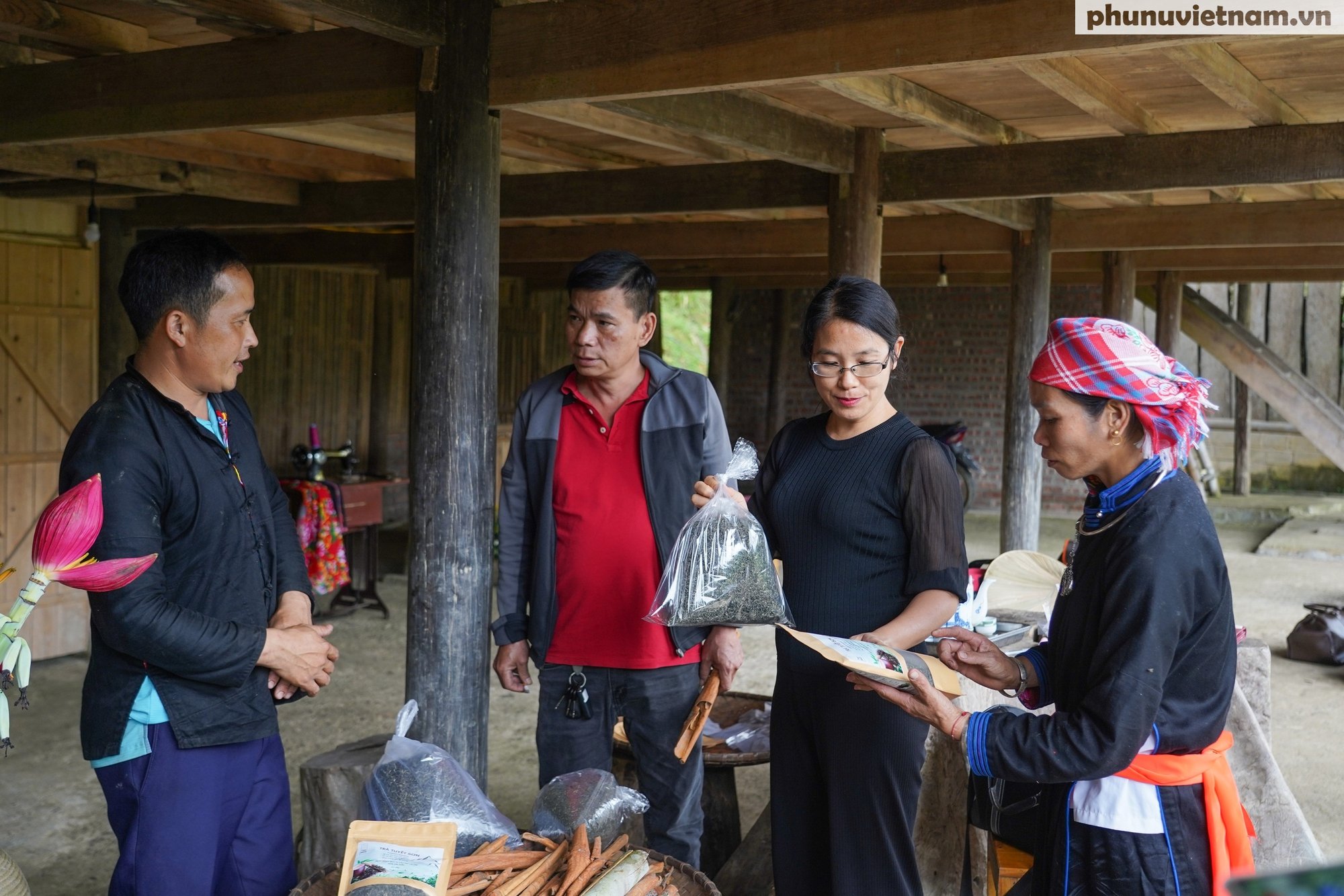
Tourism has changed the status of Tay women. From being shy and just staying in the kitchen, they are now confident in communicating in English, using technology (CapCut, ChatGPT, Booking) to promote and become the economic pillars of their families.
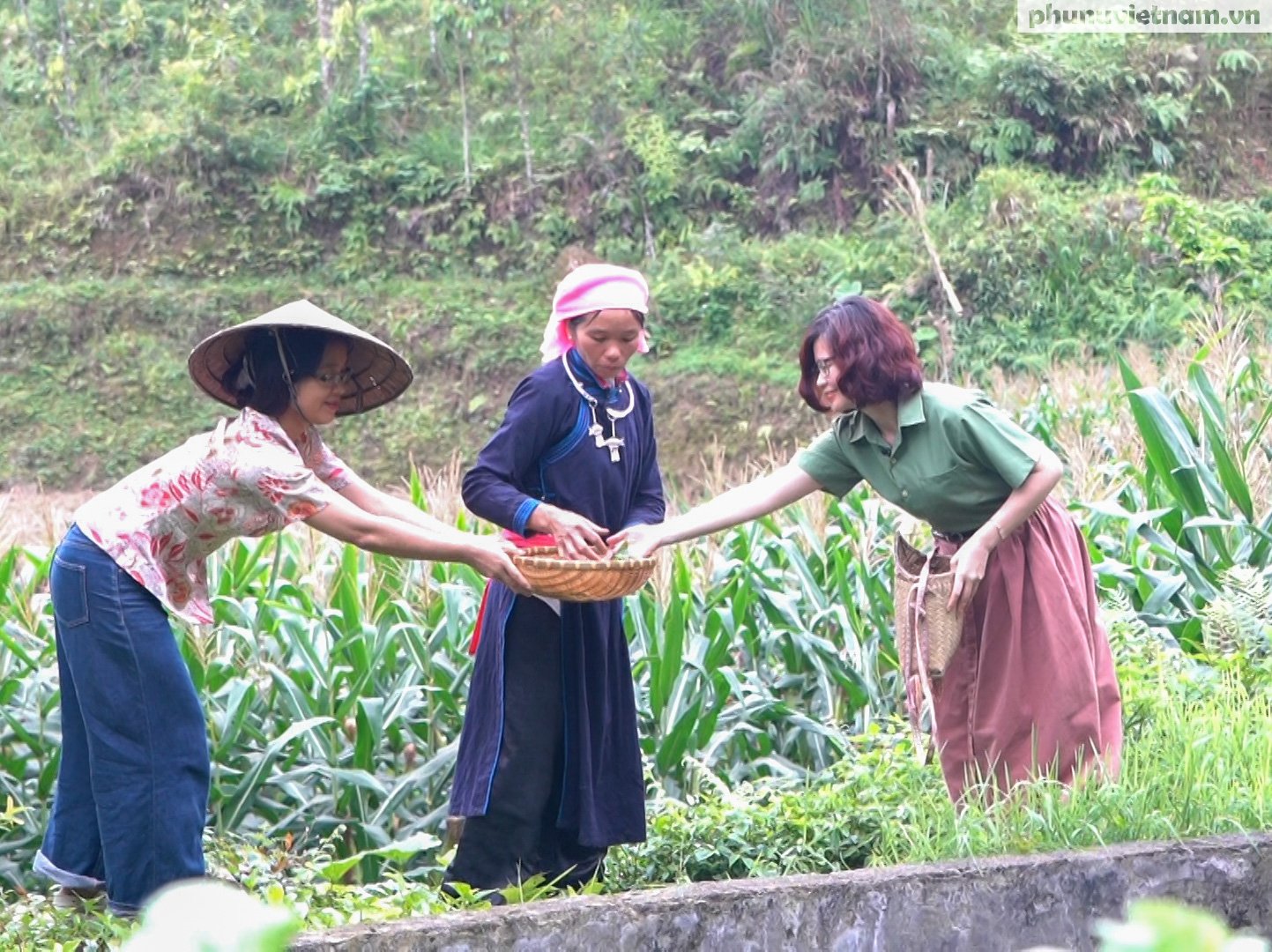
Tourists especially love tours to experience a real "day as a farmer": plowing and planting rice on terraced fields, picking clean vegetables in the home garden or harvesting Shan Tuyet tea.
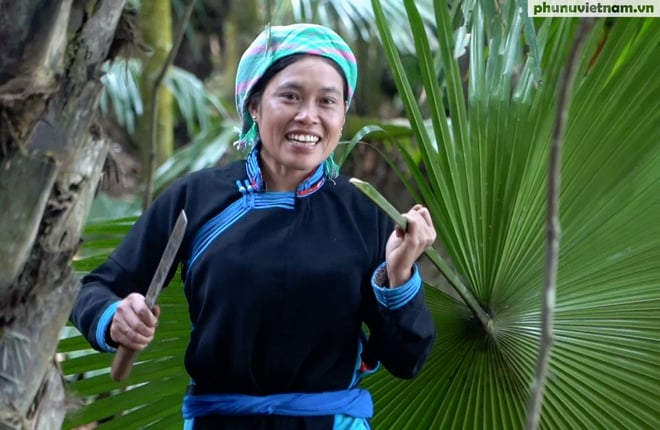
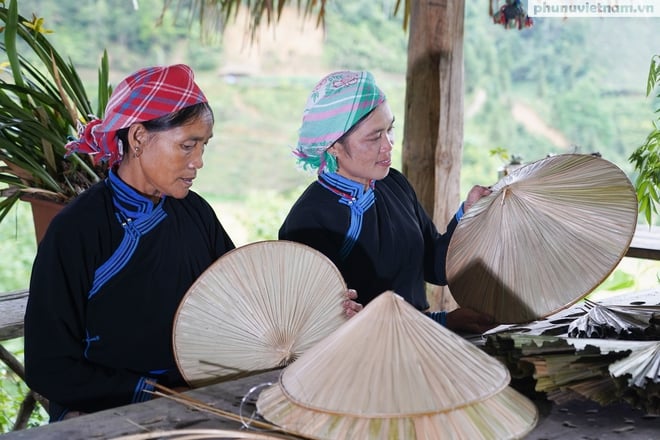

The "back to nature" journey takes visitors into the old forest, learning how the Tay people pick palm leaves to make conical hats, use bamboo to make chopsticks, or wade through streams to catch fish, enjoying the absolutely fresh air.

Experiencing making local specialties such as pounding love cakes, making green rice flakes, or roasting organic tea by yourself... helps visitors understand more deeply about the unique culinary culture of the Tay people.
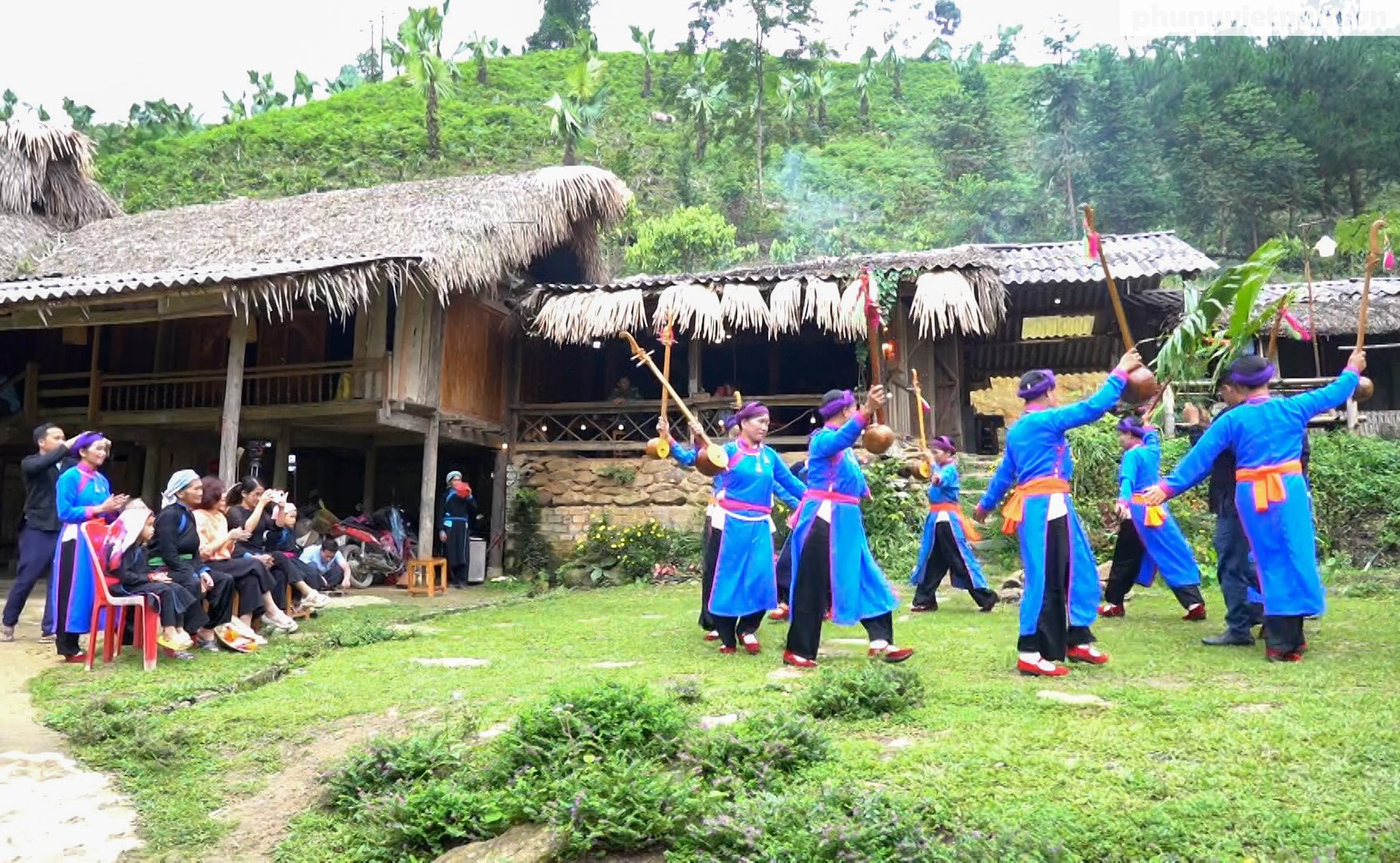
Tay ethnic art troupes were established to perform folk songs and traditional dances. This activity not only serves tourists but also contributes to preserving culture and generating additional income for the people.
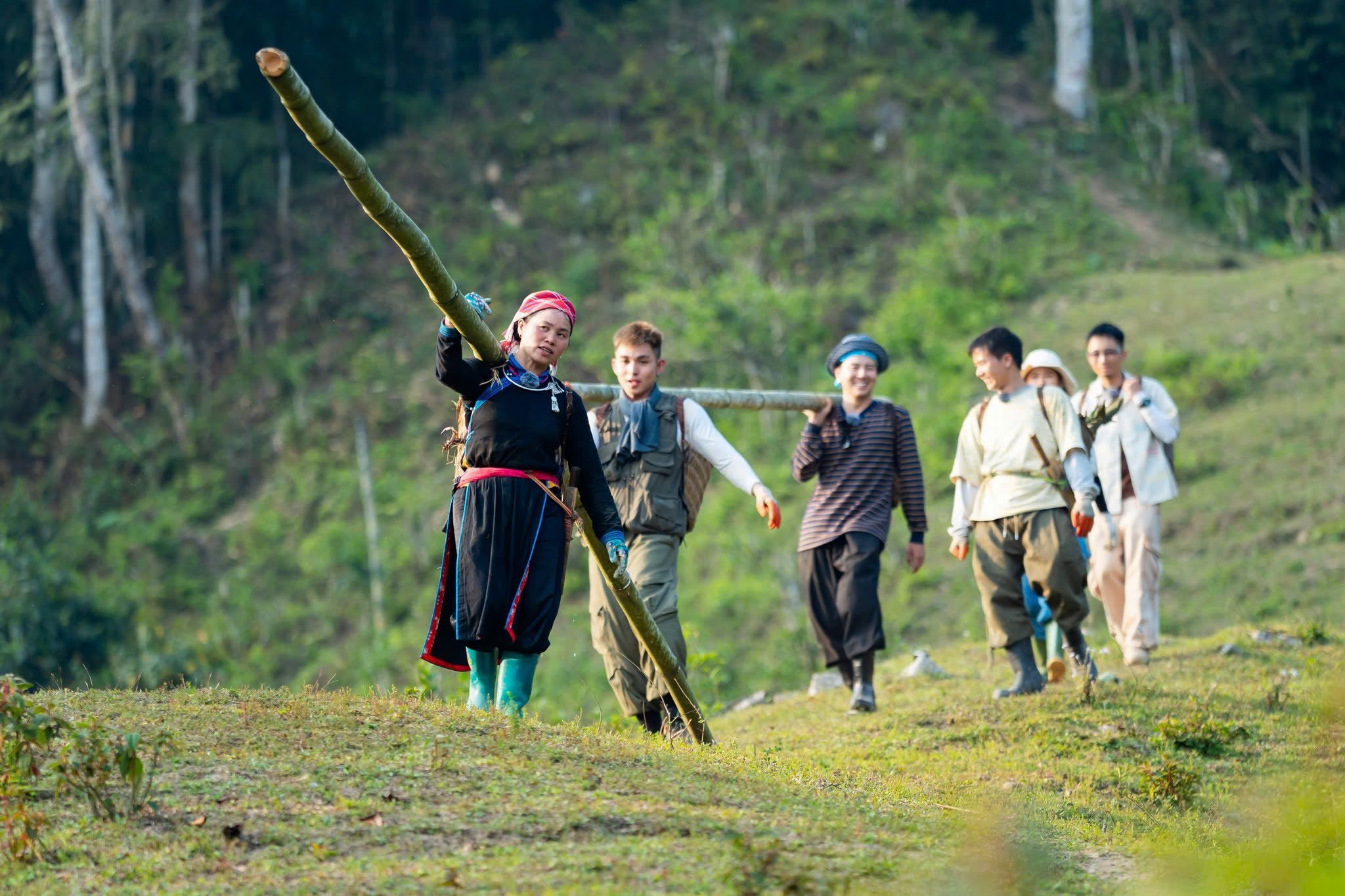
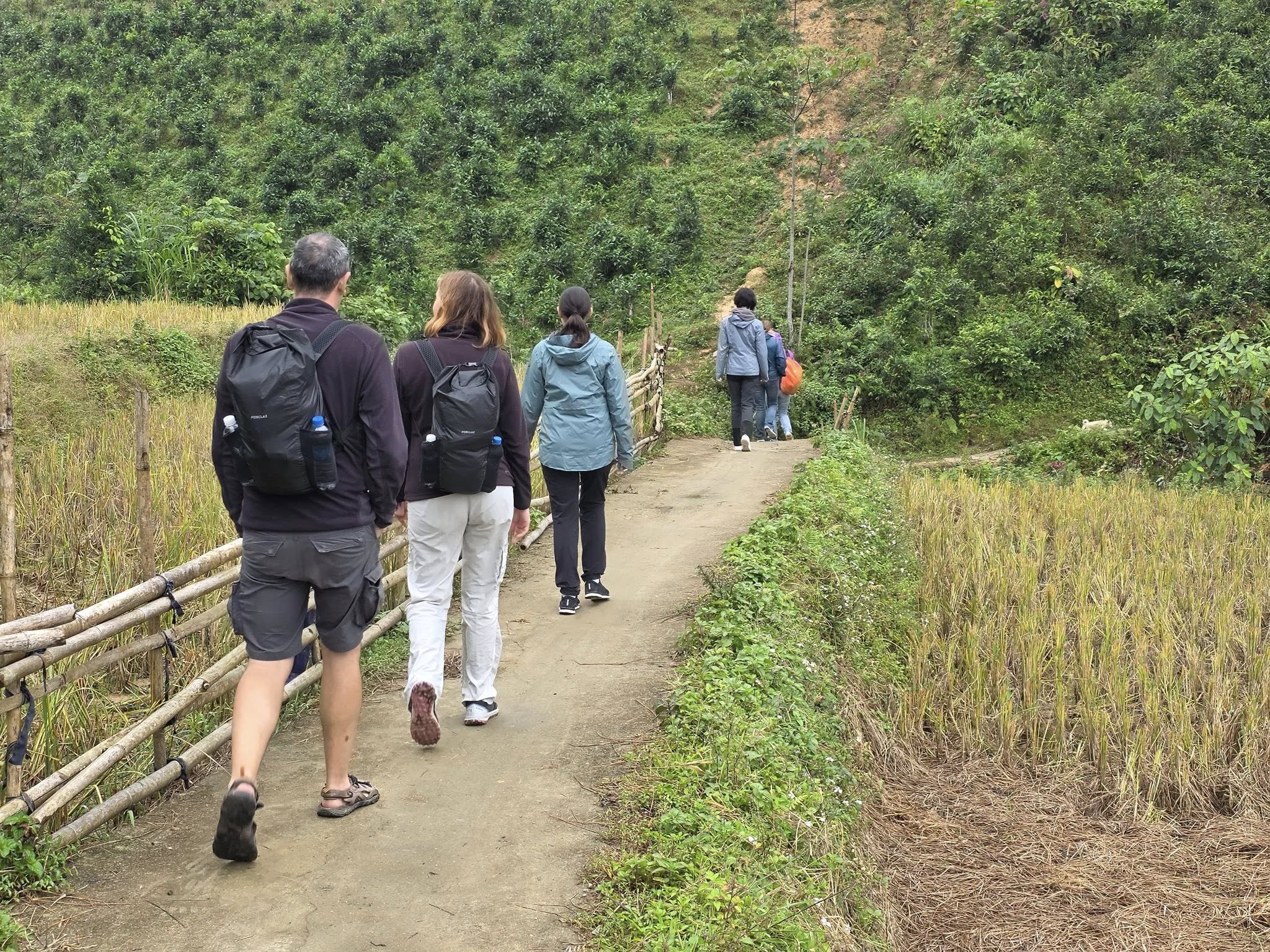
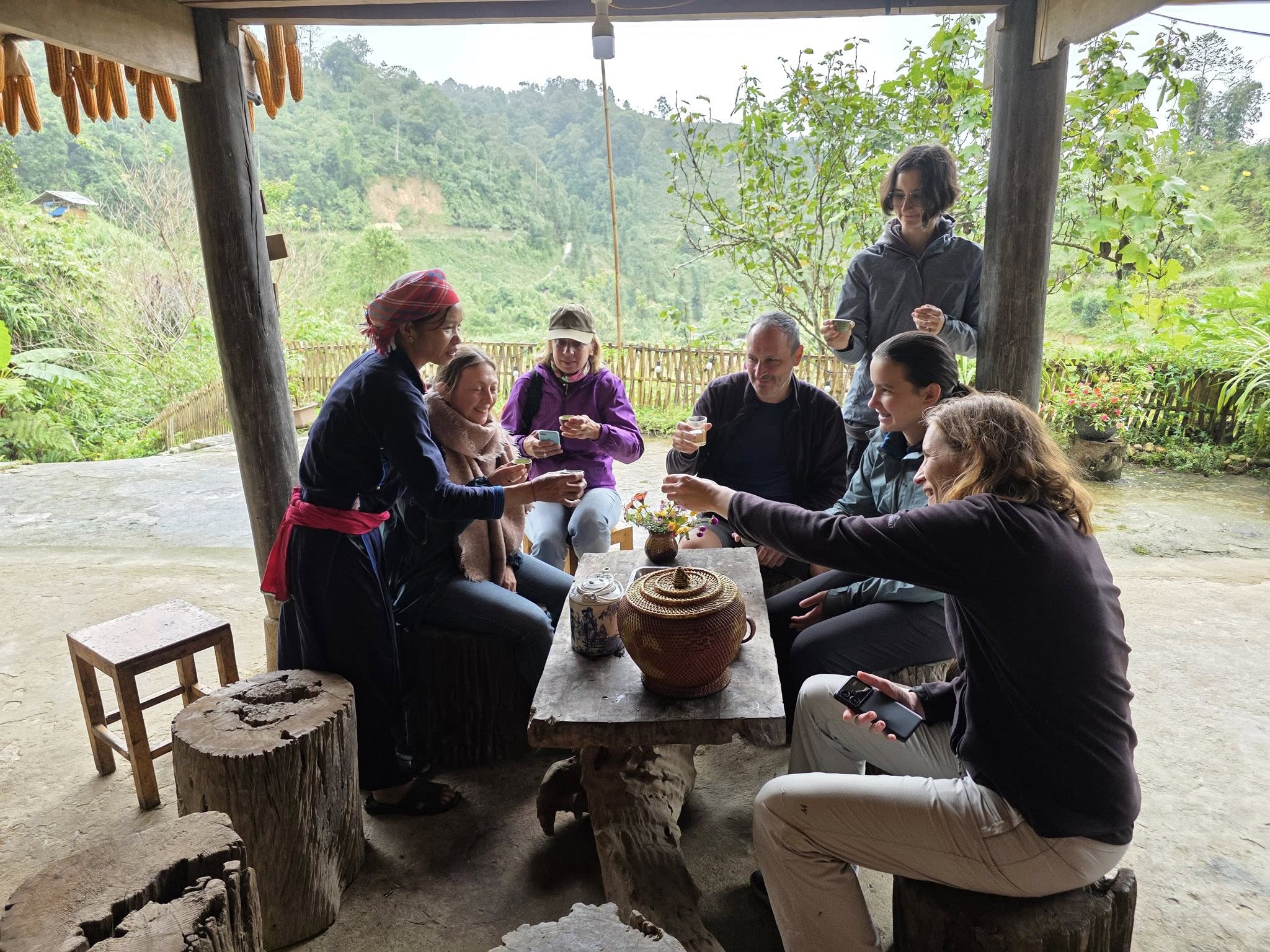
The number of visitors to Ban Lien has gradually increased, from an average of 450 arrivals/year, which has exploded after the effect of the "Haha Family" program. Many homestays have been "sold out" for months, welcoming both domestic and international guests.

The biggest challenge of Ban Lien is that the roads are still difficult to travel, the information infrastructure is not synchronized. The connection between households doing tourism is still loose and lacks professional skills. Orientation 2025-2030, Ban Lien aims to attract 25,000 visitors with total tourism revenue reaching 17.5 billion VND or more. Focus on digitalizing tourism, connecting households and building each homestay as a unique and professional "cultural destination".
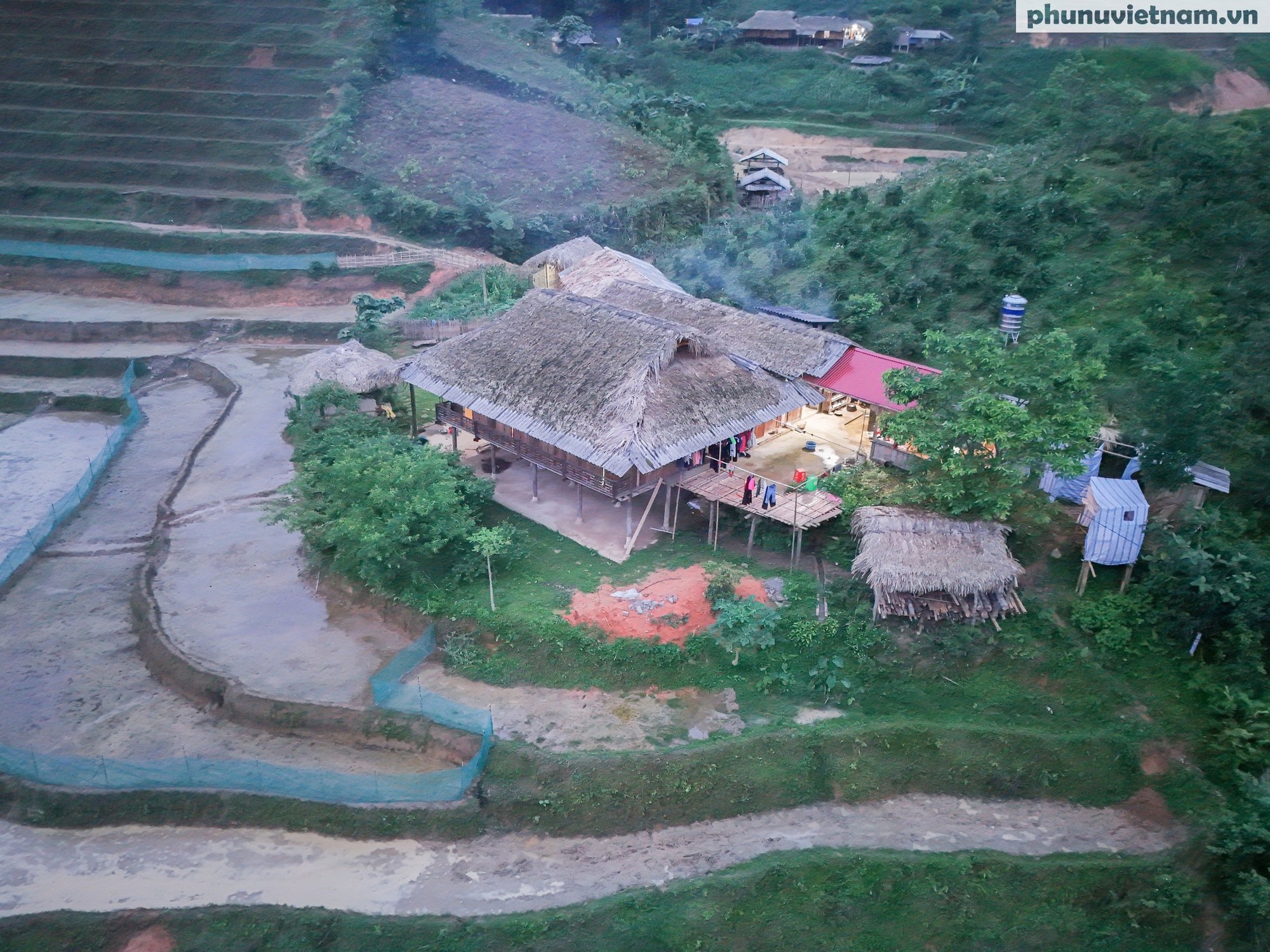
Community tourism is keeping the "soul" of Ban Lien, turning the fairyland into a place of experience, connection and opening up a sustainable development future for the whole village.
Source: https://phunuvietnam.vn/phu-nu-tay-ke-chuyen-co-tich-bang-du-lich-cong-dong-20251103004936835.htm







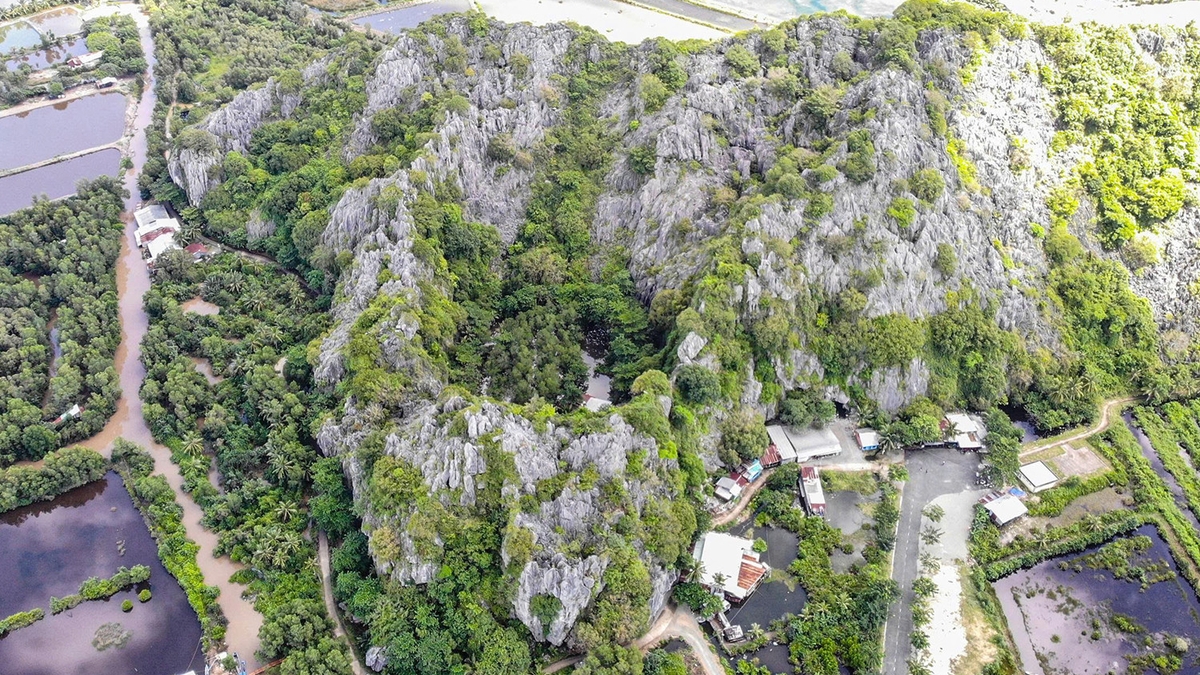


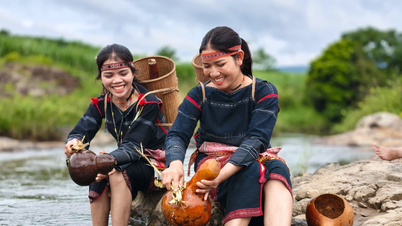

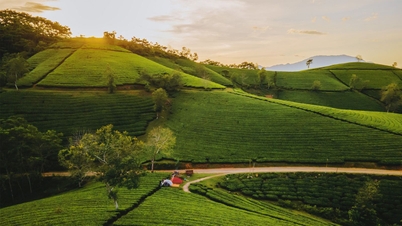





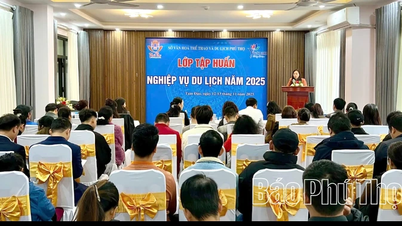

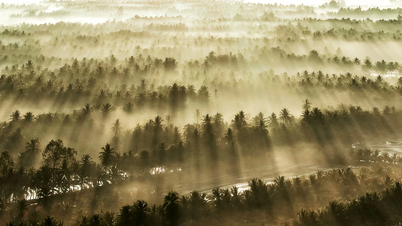



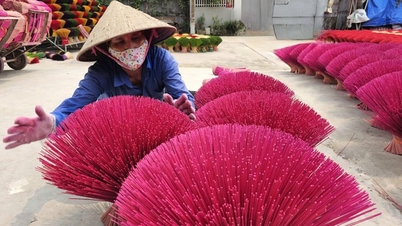
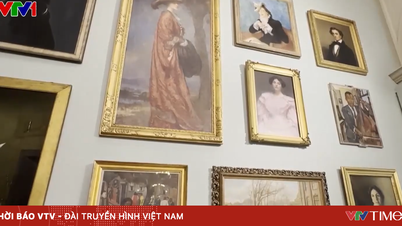







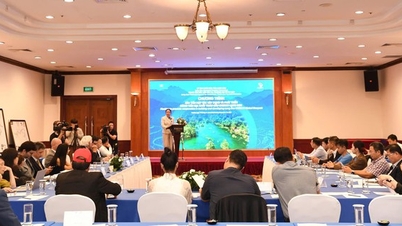




















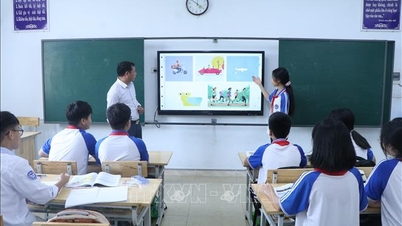

























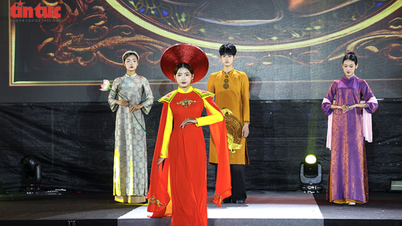





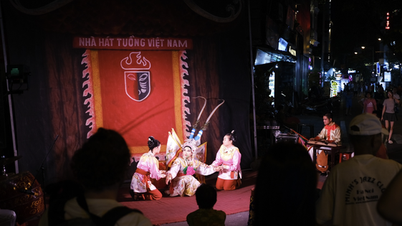
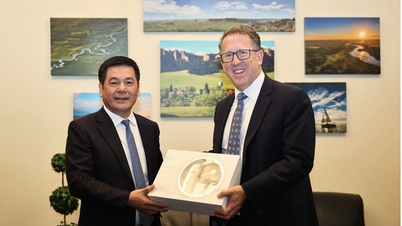


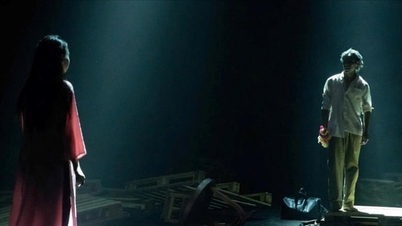

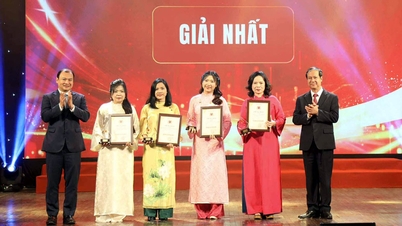



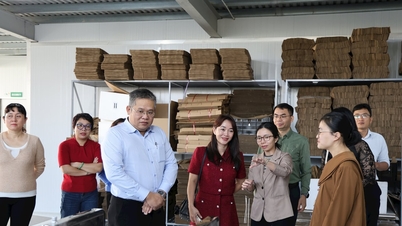














Comment (0)